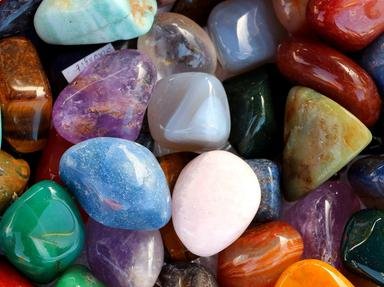Quiz Answer Key and Fun Facts
1. The ancient Greeks and Romans believed that diamonds were created by which touching method?
2. Which country is the world's largest producer of emeralds?
3. The most precious of rubies usually come with just a hint of blue. After what creature are these named?
4. The largest sapphire in the world, up until 2015, was found in what place?
5. What is the only gem made by a living creature?
6. Which of the following gems was once particularly associated with spirituality and magic?
7. How was it once believed the lovely tourmaline was given its many colours?
8. Practitioners of alternative medicines believe that andalusite can help relieve which problem?
9. An usually named gem found only in the foothills of the Himalayas has a three part name, the second and third of which is usually, though not always, hyphenated. Can you work it out from the photo clue?
10. Can you work out the name of the last precious gem from the pictured clue?
Source: Author
Creedy
This quiz was reviewed by FunTrivia editor
trident before going online.
Any errors found in FunTrivia content are routinely corrected through our feedback system.

